LG Optimus 2X & NVIDIA Tegra 2 Review: The First Dual-Core Smartphone
by Brian Klug & Anand Lal Shimpi on February 7, 2011 3:53 AM EST- Posted in
- Smartphones
- Tegra 2
- LG
- Optimus 2X
- Mobile
- NVIDIA
The 2X we received came in packaging that obviously isn't final, but that isn't what's important at this point. Included is a microHDMI type D to full size HDMI type A cable about 6 feet in length, USB power adapter with type C AC plug, microUSB cable, and of course the smartphone itself with included battery. There's no microSD card provided, but that's admittedly somewhat mitigated by the presence of 8 GB of internal storage which looks just like an SD card to Android.
Hardware feel is just how we left it at CES. The 2X's back is a brown soft touch material with a metallic strip running along the center. The "with Google" text is engraved into the strip, which has a gentle slope leading to the camera bulge.
The camera area is raised a few mm above the rest of the device—it's reminiscent of the Droid X's camera bulge but not nearly as dramatic. The 2X's battery cover is removed by jamming your thumb in a slot at the bottom and tearing it off—plastic snaps around the edge hold it in place.
The 2X puts the battery cover in-between the last vertex of the camera and object space, one of the things we've complained about the Nexus One and other devices doing which basically provides an additional two more surfaces for fingerprints and grime to happen and add glare. The odd part is that the LED flash port on the battery cover is literally just a hole—this is a perfect place for dirt and pocket lint to get under and inside the battery cover.
With the battery cover off you can see the 2X's 5.6 watt-hour battery, SIM slot, and microSD card slot. The microSD position means that you can take the SD card out with the device turned on, and the slot is of the click-to-eject sort. There's no obvious port for a rear microphone, so there's likely no dual-microphone noise rejection for calling on the 2X.
The 2X is ringed by a silvery metallic plastic, in fact all of the 2X exterior is plastic. The right side of the 2X is home to the volume up and down buttons, which are discrete, clicky, and otherwise perfect.
At the bottom is the microUSB port, and two meshed ports which are reminiscent of the iPhone's design language. The left port is the microphone, right side is the speaker port.
Up top is the power and lock button, in-between is the microHDMI port for HDMI mirroring. There's a snap-off door held on by another piece of plastic which lets the door come off and swivel without totally detaching. To the right is the 1/8" headset jack. The rear of the jack is at a bit of an angle, so some of the connector shows through, but it's not a big deal and the jack works fine.
The front of the 2X is one continuous glass surface. The left and right sides of the display are curved gently in one axis, but nonetheless a noticeable amount. The majority of the display surface used for actual display and interaction is actually flat. Only at the extreme edges is there curvature. It's a bit reminiscent of the Dell Venue Pro, but nowhere near as extreme or pronounced.
The curvature, while attractive, has a downside. That downside is that the surface of the display is essentially defined by the two ridges formed right at the curvy parts—already vertical scratches have been accumulating right at those places. Obviously this is only a problem if you set the phone front-down.
The 2X's front facing camera is up at the top right. On the left, faintly visible are the two proximity sensor and ambient light sensors. At the top extreme is the main earpiece.
There are no status LEDs on the front of the device or tucked away under the speaker grille on the front like the EVO.
Unlike the Korean version, the P990 model has all capacitive buttons below the display. They're in the same order as the Galaxy S Fascinate, but a different order from everything else except other LG phones. They're all backlit, and there's no light leakage around the icons. There's a generous amount of space above and below the buttons, almost too much extra space. Either LG is leaving room for a carrier logo silkscreen, or else just making things easier for people with gigantic fingers.

Bottom to top: Nexus One, myTouch 4G, Galaxy S Fascinate, EVO 4G, iPhone 4, LG Optimus 2X
The 2X is dimensioned appropriately for the class of 4-inch screened displays it fits in. Thickness is just shy of 11 mm, which is essentially identical to the Nexus S we just reviewed. It's still thicker than the iPhone 4, but not dramatically so. The camera bulge is really what contributes to thickness—the vast majority of the 2X is a millimeter thinner. Weight is specced at 139 grams, we measured it at a slightly heavier 144 grams. It isn't unnervingly light like the Galaxy S series of phones (sans the Epic) were, but rather just right. In-hand feel is actually excellent—I found that the phone naturally sat in the hand so that my index finger rested on the curved ridge just below the camera, balance also was just fine in the palm.
The 2X's build is quite good, there's no flexing or creaking, no rattling when SMSes come in and the phone vibrates, either. It doesn't feel fragile, but it still lacks that hand-on-metal solidness that phones like the Nexus One misgive.


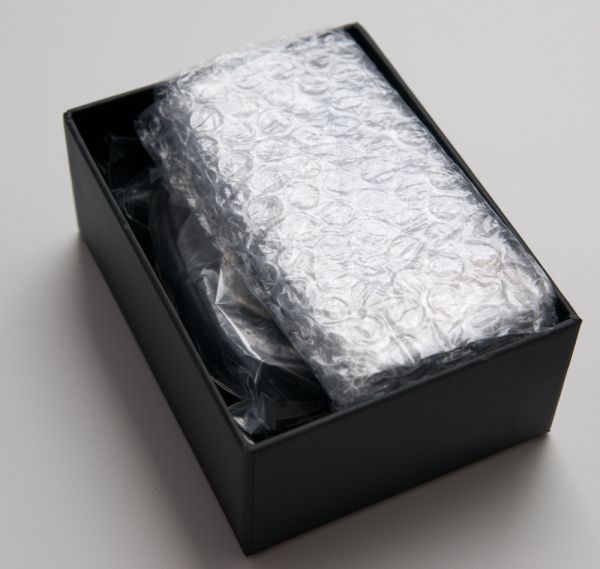
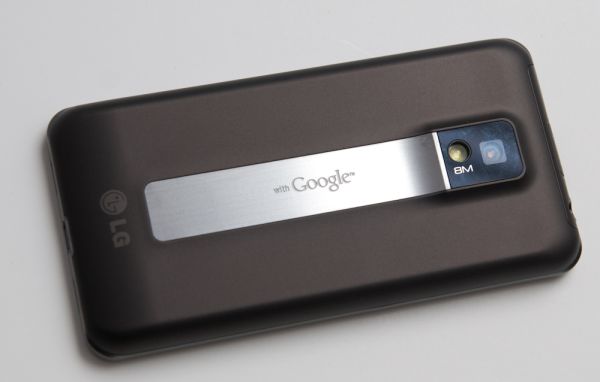
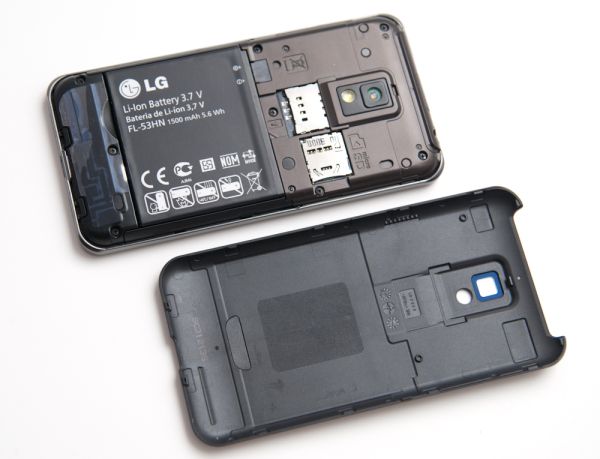



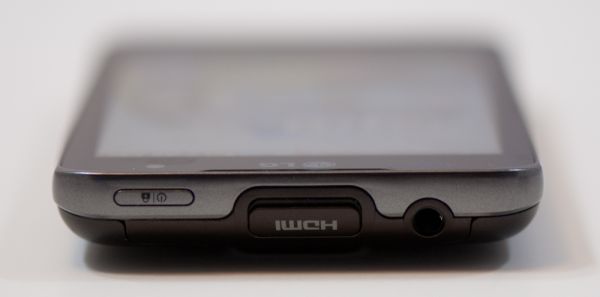
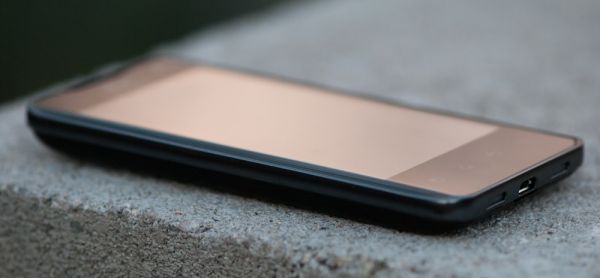
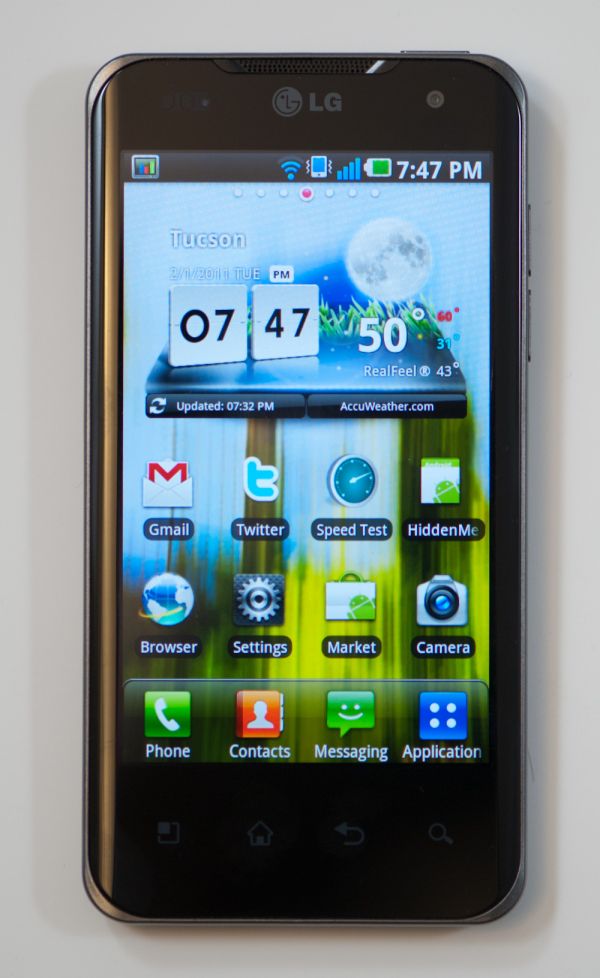
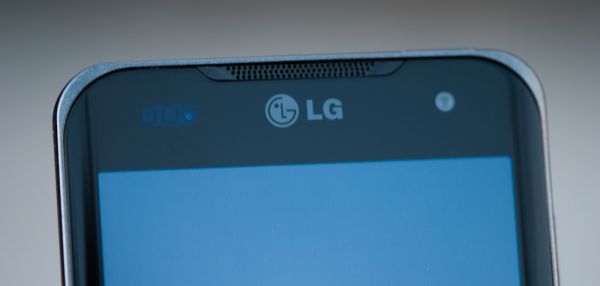
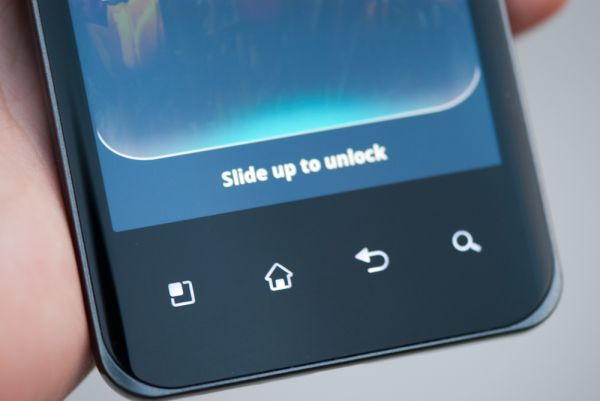








75 Comments
View All Comments
matt b - Tuesday, February 8, 2011 - link
Just curious because I've heard rumors that HP will use the Qualcomm chipset and I've also heard rumors that they will stick with Ti for their new tablets/phones. I just wondered if you know for sure since I know that you met with folks at CES. I hope that we all find out tomorrow at the HP event.Great review.
TareX - Wednesday, February 9, 2011 - link
I'd like to see Tegra 2 on the Xoom compared to Tegra 2 on the Optimus 2X.Why? Well, simply put, the only Android version that seems to be optimized for dual-core is Honeycomb.
Dark Legion - Wednesday, February 9, 2011 - link
Why is there no Incredible on 2.2? I could understand if you had both 2.1 and 2.2, like the Evo, but as it is now does not show the full/current performance.Morke - Thursday, February 10, 2011 - link
"It’s a strange dichotomy that LG sets up with this launcher scheme that divides “downloaded” apps from “system applications,” one that’s made on no other Android device I’ve ever seen but the Optimus One. The end result is that most of the stuff I want (you know, since I just installed it) is at the very last page or very bottom of the list, resulting in guaranteed scrolling every single time. If you’re a power user, just replace the launcher with something else entirely."You are not right there.
First you can create additonal categories (aside from system applications and downloads) and move applications between them.
Secondly you can rearrange the ordering of the applications inside a category (allowing you to have those on top which you access most frequently). You can also delete applications right away in this edit mode.
There is a youtube video demonstrating this:
http://www.youtube.com/watch?v=Dvvtl6pSNp8
See time index starting with 4:21.
Maybe you should correct your review on this?
Morke - Thursday, February 10, 2011 - link
The correct youtube URL demonstrating application launcher management is actuallyhttp://www.youtube.com/watch?v=lDo-1-jwLko&fea...
brj_texas - Thursday, February 10, 2011 - link
Anand,A question on the statement in the benchmarking section, "the SunSpider benchmark isn't explicitly multithreaded, although some of the tests within the benchmark will take advantage of more than one core. "
My understanding was that all of the tests within sunspider are single-threaded, but a dual-core processor can run the javascript engine (and the sunspider tests) in a separate thread from the main browser thread when you call sunspider from a browser window.
Can you clarify which tests support multi-threading in sunspider if that is in fact what you meant?
On the topic of multi-threading, we've used moonbat, a multi-core variant of sunspider, to explicitly test multi-core performance with javascript code. I wonder if you have any other benchmarks under investigation that measure multi-core performance?
Thanks
-Brian
worldbfree4me - Saturday, February 12, 2011 - link
Thanks for another thorough and in-depth analysis. But I have a question to ask,Should we upgrade (break our 2 year contract agreement for this phone) or ride out our contract?
We trust and value your our opinion. Tom’s hardware does a GPU hierarchy chart every few months, can you do a phone hierarchy in the future?
lashton - Sunday, February 13, 2011 - link
They have a really good idea and lead the market but it falls short because its not quite righttnepres - Tuesday, April 5, 2011 - link
I now own a optimus 2x. The first was dead on arrival, but this one is perfect. The LG software is innovative and pleasing to the eye. In various places they made real improvements to the UI that are just brilliant,ie. the ability to sort and categorize apps. At times the UI is not as fast as you would expect, especially when adding apps/widgets to one of the 7 pages. It seems LG generates a list of widgets for you, so you can see what apps support this mode, and that takes about a second. As I recall, on HTC devices you are just presented with a list of apps and u have to try and see if you can widget it.The LG keybord has a brilliant feature, you tab the side of the phone to move the cursor. Sadly in other respects the keyboard is lacking, ie. when you long-pres you do not get the alternates you might wish, such as numbers.
The batterytime is superb, using the UI consumes much less power than on my desire.
Copy/paste in the browser does not activate via long-pres, you have to hit menu button, but on the plus side its easier to use than what HTC made.
During 2 days of very intensive use i have had 1 app (partially) crash and that was the marketplace. No other issues so far, its my verdict that the unstability issues are overrated.
No problems with wifi using stock ISP (TDC) supplied router. (sagemcom)
To engadget: How on earth (!!?!!?) can you state there is no use for dualcore. When browsing one loads flash the other the rest. Its so fast you cant believe it. Try loading www.ufc.com on a non dualcore phone and you get my drift.
I do not hesitate to give the optimus 2x my warm recommendations.
VERDICT: 9/10 (missing 4g)
Sannat - Thursday, May 12, 2011 - link
gsmarena sound benchmark for optimus 2x isnt great...could it be a s/w issue...??